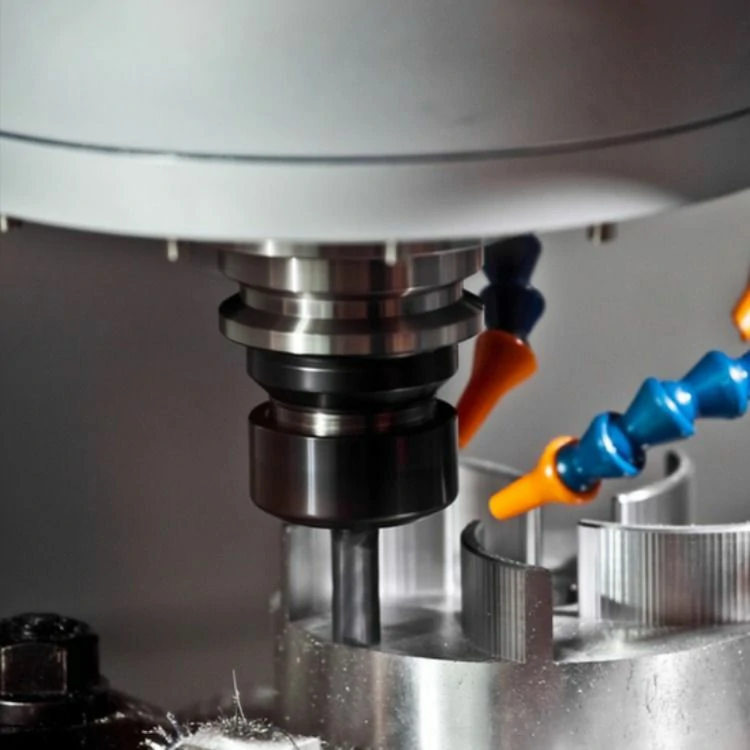How to Choose a Model for CNC Machining of Aluminum Alloy
CNC machining is widely used in various industries, including the production of aluminum alloy parts. Aluminum alloy is a lightweight material with excellent mechanical properties, making it a popular choice for many applications. When it comes to CNC machining of aluminum alloy, choosing the right model is crucial for achieving high-quality results. In this article, we will explore some key factors to consider when selecting a model for CNC machining of aluminum alloy.
1. Material Compatibility:
The first and foremost consideration is the compatibility of the model with aluminum alloy. Not all CNC machines are suitable for machining aluminum alloy due to its unique characteristics. Aluminum alloys have a tendency to generate excessive heat during machining, which can lead to tool wear and poor surface finish. Therefore, it is important to choose a CNC model that is specifically designed for machining aluminum alloy.
2. Spindle Speed and Power:
The spindle speed and power of the CNC machine play a significant role in the machining process. When machining aluminum alloy, it is necessary to use high spindle speeds to achieve efficient material removal. Additionally, a powerful spindle can provide the necessary torque to cut through the material effectively. Therefore, it is recommended to select a model with a high-speed spindle and adequate power for machining aluminum alloy.
3. Rigidity and Stability:
Aluminum alloy is a relatively soft material compared to other metals, which means it tends to deform and vibrate more easily during machining. To ensure accurate and precise machining, it is essential to choose a CNC model with high rigidity and stability. A rigid machine structure can minimize vibrations and maintain dimensional accuracy during the machining process.
4. Cooling System:
As mentioned earlier, the machining of aluminum alloy generates a significant amount of heat. To prevent tool wear and maintain good surface quality, an efficient cooling system is necessary. Look for a CNC model that has an effective cooling system, such as a high-pressure coolant system or through-spindle coolant, to dissipate heat and improve machining performance.
5. Cutting Tools:
The choice of cutting tools also affects the quality of CNC machining for aluminum alloy. Aluminum alloy has a tendency to adhere to cutting tools, leading to built-up edge and poor surface finish. Therefore, it is crucial to select suitable cutting tools that are designed specifically for machining aluminum alloy. Carbide or diamond-coated tools are commonly used for CNC machining aluminum alloy, as they offer high wear resistance and better chip evacuation.
6. Software and Programming:
Lastly, consider the software and programming capabilities of the CNC model. Look for a machine with user-friendly software that allows for easy programming and simulation. Advanced features such as collision detection and tool path optimization can greatly improve efficiency and productivity during CNC machining of aluminum alloy.
In conclusion, choosing the right model for CNC machining of aluminum alloy is essential for achieving high-quality results. Consider factors such as material compatibility, spindle speed and power, rigidity and stability, cooling system, cutting tools, and software capabilities when selecting a CNC model. By taking these factors into account, you can ensure efficient and precise machining of aluminum alloy parts.
.webp)



